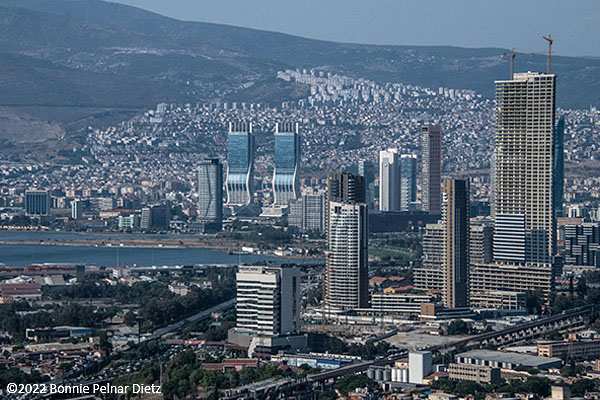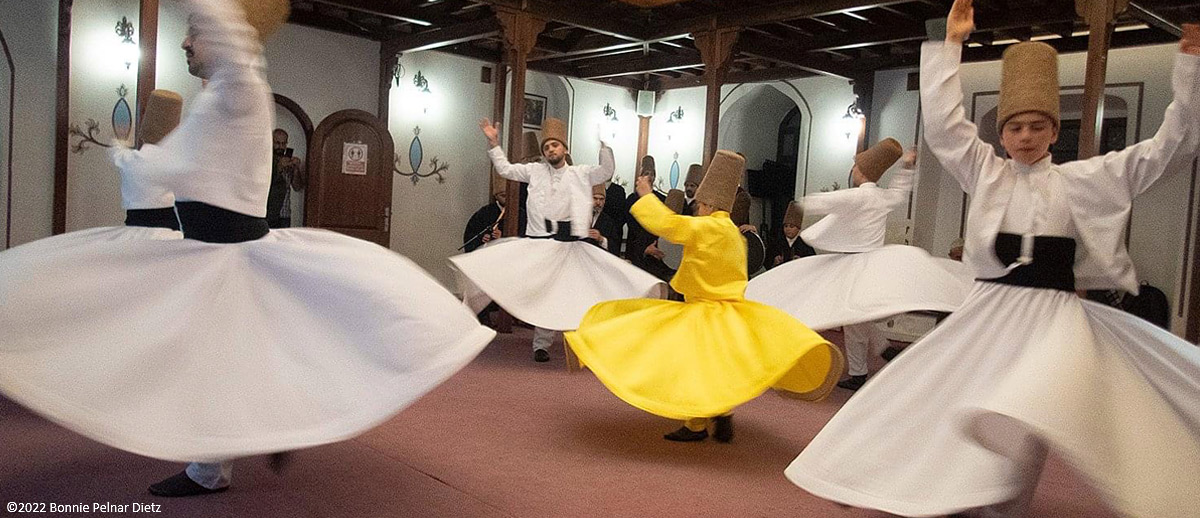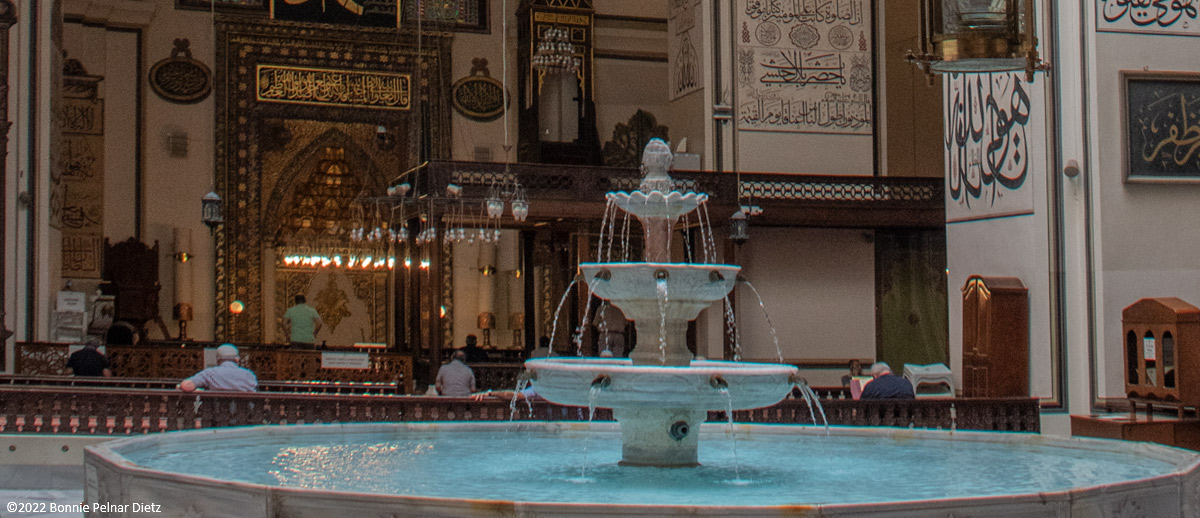 As the cradle of the Ottoman state, Bursa is populated with historic mosques, tombs, caravanserais, bazaars and parks. In 2014 Bursa was added to the UNESCO world heritage list.
As the cradle of the Ottoman state, Bursa is populated with historic mosques, tombs, caravanserais, bazaars and parks. In 2014 Bursa was added to the UNESCO world heritage list.
Depending on the time of year you choose to visit Bursa there are activities for every season. In the winter months outdoor enthusiasts come to Bursa to enjoy an afternoon of skiing or snowboarding at Uludağ National Park.
Bursa is famous for being the birthplace of the widely popular lamb, tomato, and yogurt dish called Iskender Kebab, which you can find throught Turkey. Being a big city there is every kind of cuisine available withing everyones's budget.
There are many Turkish baths in central Bursa, where you can enjoy an exfoliating massage in the traditional Ottoman style.
Any visit to Bursa is not complete without seeing the Grand Mosque, Green Mosque, Green Mausoleum, and the Silk Market.
Opportunities to purchase local products like chestnut, honey, olive oil, Turkish delight are everywhere including the Turkish Delight & Olive Oil Outlet center.
The Whirling Dervishes of Bursa
No visit to Turkey is complete without seeing the whirling Dervish and Bursa has the perfect place to view this. On a quiet side street in Bursa you'll find the Karabaş-i Veli Culture Center, one of Bursa’s last remaining dervish lodges where art shows, poetry readings, musical presentations, and nightly whirling dervish performances are hosted. These nightly performances are open to the public and often well attended.







